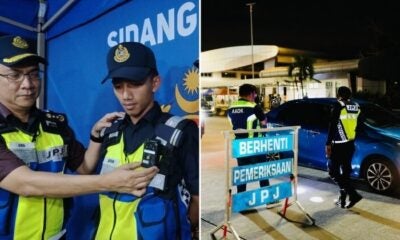The Sri Petaling Tabligh cluster, also known as the biggest Covid-19 cluster in Malaysia, came to an end yesterday (8th July), after it was reported that there are no longer any active cases from this group. The Tabligh cluster posed as one of the largest threats to the pandemic situation in Malaysia for nearly four months. It was responsible for 3,375 positive cases, 87 ICU patients, 34 deaths and 17 sub-clusters. While we’re breathing a sigh of relief now that its over, here’s a look back at how it all started:
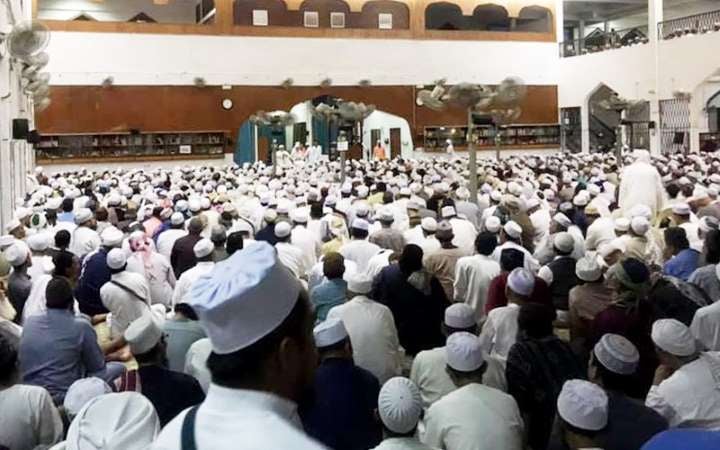
Where It All Began
From 27th February to 3rd March 2020, a religious gathering was held in the Sri Petaling mosque, Kuala Lumpur and involved over 16,000 attendees. 14,500 of those attendees were Malaysian while the rest were foreigners. Just a week after the gathering took place, the first Covid-19 cluster was announced on 11th March 2020 by case 131 and case 136, as detailed by a report from KKM.
The cluster was deemed to have most likely spread from international waters to the local community due to large gatherings which enabled others to come into close contact with positive Covid-19 patients. While the initial cluster cases were discovered in Pahang and Negeri Sembilan, the spread of Covid-19 via these clusters soon became nationwide.
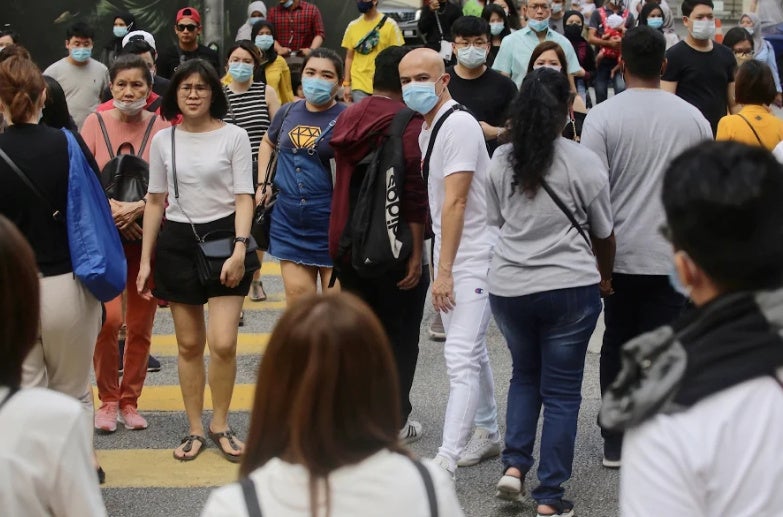
The Affected Population
Right up to the last active day of the Tabligh cluster, 42,023 individuals who attended the gathering were tested. 3,375 of whom tested positive, which makes up for 38.9% of all positive Covid-19 cases in Malaysia. As many as 87 patients had to go under ICU treatment, with 29 of them requiring respiratory equipment to breathe properly.
Sadly, 34 deaths (28.1% of Covid-19 deaths in Malaysia), resulted from this cluster. 31 of the deceased were Malaysians while the remaining three were foreigners. The most affected demographic were men (30 deaths) and those aged between 60-69 years old (12 deaths).
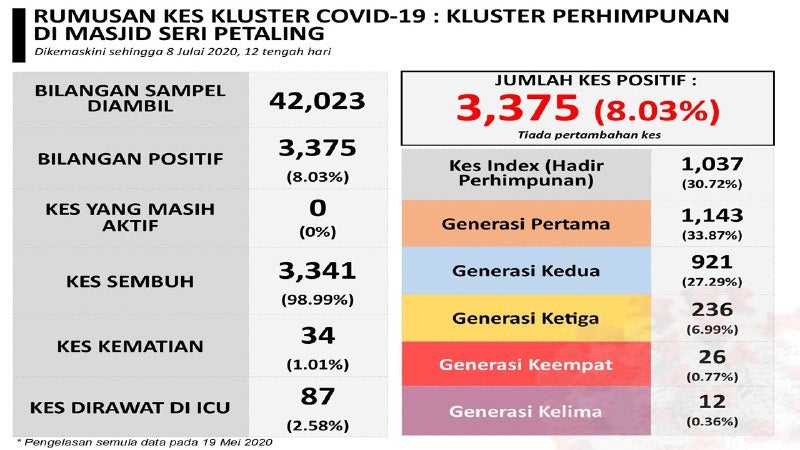
The infographics of people affected by the Tabligh cluster.
The cases traced back to the Tabligh cluster and its sub-clusters were detected in seven states and involved 2,550 Malaysians and 825 non-Malaysians from 28 different countries. However, there was still some good news. A large majority (64.8%) of these cluster cases were not symptomatic and as of right now, as many as 3,341 individuals have been cured, bringing the recovery rate to 98.9%!
The Road To Full Recovery
While the road to recovery wasn’t easy, authorities took necessary action to contain the spread of the virus as best as they could. The government conducted Active Case Detection for targeted groups within these clusters including, those who came into close contact with attendees of the Tabligh gathering, and Tahfiz students. Strict regulation for international borders also prevented the spread of more imported Covid-19 cases.
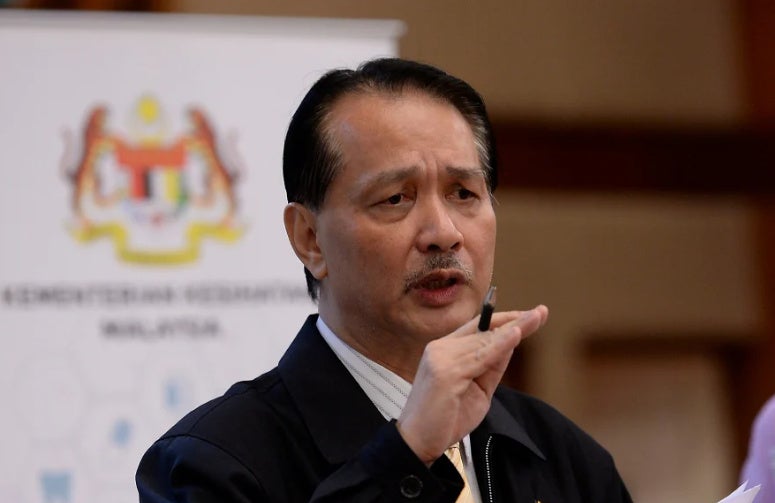
Health Director-General, Dr. Noor Hisham
Now that four months have passed since the first detection of the cluster, yesterday marked the end of the 28th day in which the last cluster day was reported (11th June). Health Director-General, Dr Noor Hisham said,
“Today (8th July) marks an important day in our country. This achievement was achieved by KKM and other agencies who have worked together to contain the spread of Covid-19 from this cluster. KKM thanks all parties involved for their contribution and committed service to achieve this milestone.”
We’ve come a long way but it’s not over yet! Our next celebration will be when Malaysia is declared Covid-19 free.
Also read: New Covid-19 Cluster In Sepang, May Be Due to Hari Raya Visits








